Home>Renovation & DIY>Home Renovation Guides>What Is The Gable On A House?
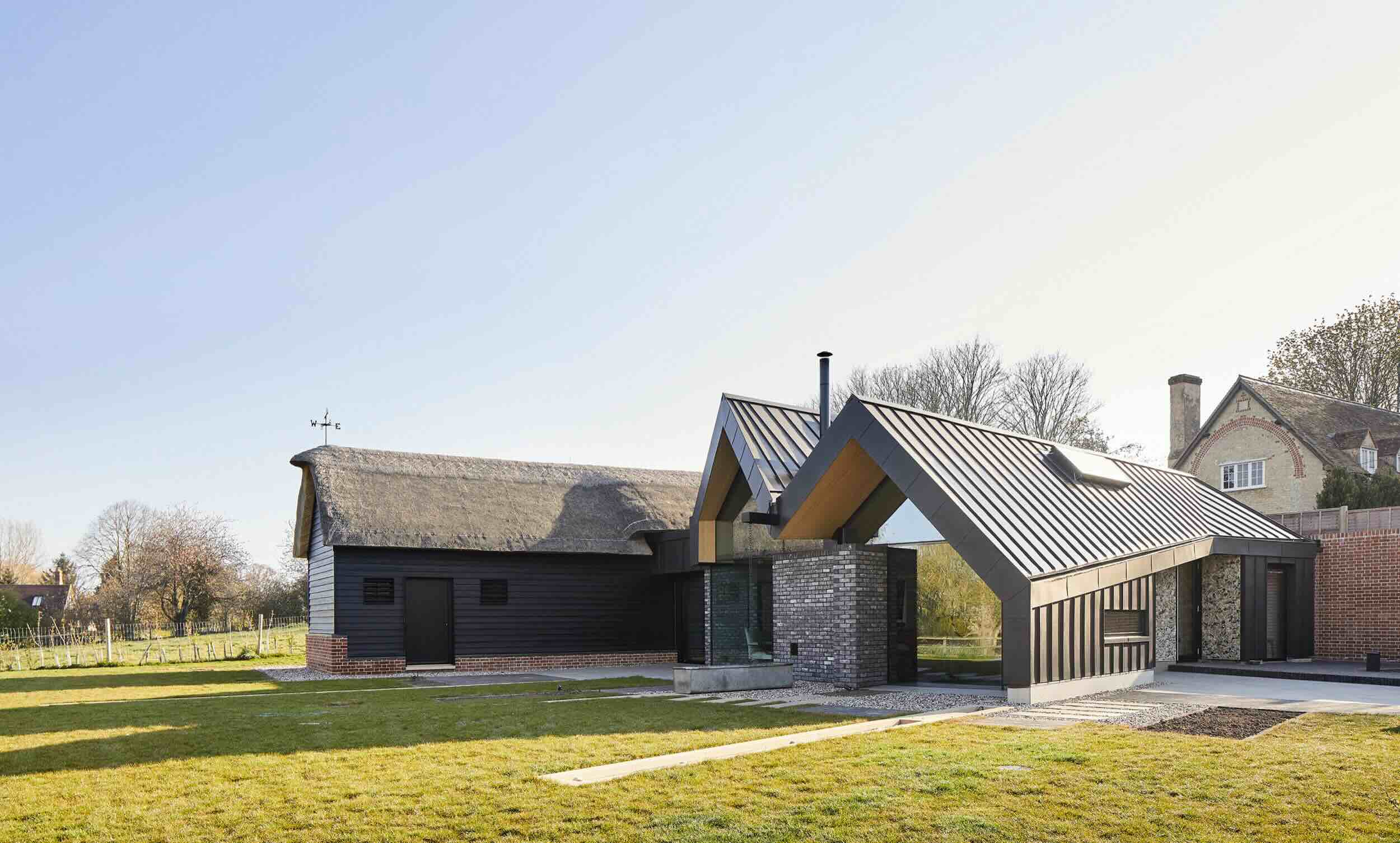

Home Renovation Guides
What Is The Gable On A House?
Modified: February 2, 2024
Discover the importance of the gable in home renovation with our comprehensive guide. Learn how to enhance your home's exterior with gable designs and more. Ideal for anyone interested in home renovation.
(Many of the links in this article redirect to a specific reviewed product. Your purchase of these products through affiliate links helps to generate commission for Storables.com, at no extra cost. Learn more)
Introduction
When you gaze at a house, have you ever noticed the triangular portion of the exterior wall that forms the peak of the roof? That, my friend, is the gable. It's not just a decorative element; it serves a crucial purpose in the overall structure of a house. Understanding the gable and its significance can provide valuable insights into the world of home renovation and architecture. In this comprehensive guide, we'll delve into the intricacies of the gable, exploring its definition, various types, and the essential considerations for its design. So, buckle up and get ready to embark on a fascinating journey through the world of gables!
Key Takeaways:
- The gable is the triangular part of a house’s roof, providing both visual appeal and structural support. It comes in various types, each adding character to different architectural styles.
- When designing a gable, consider the architectural style, roof pitch, materials, ventilation, and integration with other elements to achieve a balanced and visually appealing roofline.
Read more: What Is A Gable On A Roof?
Definition of Gable
The gable is a fundamental architectural element that plays a pivotal role in shaping the external appearance and structural integrity of a house. It is the triangular portion of an exterior wall that forms the end of a pitched roof, creating a distinctive peak at the top of the building. This iconic feature is a hallmark of traditional and contemporary architectural designs, adding character and visual appeal to a wide range of residential structures.
At its core, the gable represents the meeting point of two sloping roof sections, typically at a right angle. This results in the formation of a triangular wall section that extends from the eaves to the ridge of the roof. The gable's shape and prominence can vary significantly based on architectural styles, regional influences, and individual design preferences. From steeply pitched gables that exude a sense of grandeur to more subtle and understated variations, the gable's versatility allows it to complement diverse architectural aesthetics.
In addition to its visual impact, the gable serves a crucial functional purpose within the overall framework of a building. By providing structural support and stability to the roof, the gable helps distribute the weight of the roof evenly, contributing to the overall resilience of the house. Furthermore, the triangular shape of the gable facilitates effective water drainage, preventing moisture buildup and potential damage to the roof and underlying structure.
The gable also offers practical benefits for interior spaces, allowing for increased ceiling height and enhanced ventilation in upper levels of the house. This architectural feature has been leveraged for centuries to optimize natural light and airflow within residential properties, creating comfortable and inviting living environments.
In essence, the gable represents a harmonious fusion of form and function, embodying the timeless principles of architectural design while fulfilling essential structural requirements. Its enduring presence in the realm of home construction and renovation underscores its significance as a defining element of residential architecture.
Types of Gable
The world of architecture and home design encompasses a diverse array of gable types, each characterized by unique features and visual appeal. Understanding the various types of gables can provide valuable insights into the rich tapestry of architectural styles and construction techniques. Let's explore some of the most prominent types of gables that have left an indelible mark on residential structures across different eras and geographical regions.
1. Classic Gable:
The classic gable represents the quintessential triangular form that adorns the end of a pitched roof. This timeless design exudes a sense of symmetry and balance, serving as a hallmark of traditional architectural aesthetics. The steeply sloped sides of the gable converge at a central peak, creating a striking visual focal point that defines the roofline of the house.
2. Cross Gable:
The cross gable, as the name suggests, involves the intersection of two or more gable roof sections at right angles. This distinctive configuration often characterizes multi-sectioned homes or structures with complex floor plans. The cross gable design adds depth and dimension to the roofline, contributing to a dynamic and visually engaging exterior.
Read more: What Is Gable Vent?
3. Front Gable:
In the front gable design, the gable is prominently positioned at the front of the house, accentuating the facade and creating a commanding presence. This configuration is commonly found in colonial and Victorian architectural styles, where the front gable serves as a defining feature that imparts a sense of grandeur and architectural distinction.
4. Dutch Gable:
The Dutch gable, also known as a gablet, combines elements of a hip roof with a gable. This hybrid design features a hip roof with a small gable section at the top, resulting in a unique and visually captivating roofline. The Dutch gable adds a touch of elegance and sophistication to a house, infusing it with a sense of timeless charm and architectural allure.
5. Jerkinhead Gable:
The jerkinhead gable, also referred to as a clipped gable or half-hipped gable, represents a modified gable design where the peak is partially truncated or hipped. This distinctive variation offers a blend of gable and hip roof characteristics, creating a visually intriguing and architecturally distinctive roofline that sets the structure apart.
6. Sawtooth Gable:
The sawtooth gable introduces a bold and contemporary twist to traditional gable designs. Characterized by multiple gable sections arranged in a sawtooth pattern, this avant-garde configuration is often employed in modern and industrial architectural styles, adding a sense of drama and visual interest to the roofline.
In essence, the diverse array of gable types reflects the rich tapestry of architectural innovation and design ingenuity, showcasing the enduring relevance and timeless appeal of this iconic architectural element. From classic gables that evoke a sense of tradition to avant-garde variations that push the boundaries of architectural expression, the world of gables is a testament to the boundless creativity and versatility of residential architecture.
Read more: What Is A Gable Roof
Purpose of Gable
The gable serves a multifaceted and indispensable purpose within the realm of residential architecture, encompassing both functional and aesthetic considerations. At its core, the gable plays a pivotal role in providing structural support and stability to the roof, contributing to the overall resilience and longevity of the house. By forming the triangular end of a pitched roof, the gable effectively distributes the weight of the roof, ensuring that the structural load is evenly supported and mitigating the risk of structural strain or instability.
In addition to its structural significance, the gable facilitates efficient water drainage, serving as a crucial element in safeguarding the integrity of the roof and underlying building components. The sloped design of the gable enables rainwater and debris to effectively run off the roof, minimizing the potential for water accumulation and moisture-related damage. This inherent capacity for water shedding helps protect the roof from leaks, rot, and structural deterioration, thereby enhancing the overall durability and weather resistance of the house.
Furthermore, the gable contributes to the creation of spacious and well-ventilated interior environments, fostering a comfortable and livable atmosphere within the house. By extending the height of the roof and providing ample space for air circulation, the gable promotes effective ventilation and thermal regulation, which are essential factors in maintaining a healthy and energy-efficient living space. The increased ceiling height afforded by the gable also enhances the visual appeal of interior spaces, creating a sense of openness and expansiveness that enriches the overall architectural experience.
From an aesthetic standpoint, the gable serves as a defining feature that imparts character, charm, and architectural distinction to the exterior of a house. Its prominent position at the peak of the roofline creates a visually striking focal point, adding a sense of grandeur and elegance to the overall architectural composition. Whether in traditional or contemporary contexts, the gable's iconic silhouette contributes to the unique identity and curb appeal of residential structures, leaving a lasting impression on observers and inhabitants alike.
In essence, the gable embodies a harmonious fusion of practical functionality and visual allure, embodying the timeless principles of architectural design while fulfilling essential structural requirements. Its enduring presence in the realm of home construction and renovation underscores its significance as a defining element of residential architecture, shaping the form and function of houses with enduring impact and purpose.
Gable Design Considerations
When contemplating the design of a gable for a residential structure, several key considerations come into play, each bearing significant implications for both the visual appeal and structural integrity of the house. From architectural aesthetics to practical functionality, the design of the gable encompasses a myriad of factors that warrant careful attention and thoughtful deliberation.
Architectural Style:
The architectural style of the house exerts a profound influence on the design of the gable. Whether it's a traditional colonial residence, a sleek modern abode, or a charming cottage, the gable should harmonize with the overall architectural aesthetic, complementing the design language and visual character of the structure. The pitch, size, and prominence of the gable must align with the architectural style, ensuring a cohesive and harmonious integration within the broader architectural composition.
Roof Pitch and Proportions:
The pitch of the gable roof plays a pivotal role in defining its visual impact and functional performance. The steepness of the gable's slope not only contributes to the architectural character but also influences its ability to shed water effectively. Additionally, the proportions of the gable in relation to the overall roof structure must be carefully considered to achieve a balanced and visually appealing roofline.
Read more: What Is A Gable Wall?
Material Selection:
Choosing the right materials for the gable is essential for achieving a durable, weather-resistant, and aesthetically pleasing design. Whether opting for traditional wood siding, modern metal panels, or classic shingles, the selected materials should align with the architectural style of the house while offering the necessary durability and visual appeal. Additionally, the color and texture of the gable materials can significantly impact the overall aesthetic coherence of the structure.
Ventilation and Insulation:
Incorporating adequate ventilation and insulation measures within the gable design is crucial for ensuring optimal indoor comfort and energy efficiency. Properly positioned vents and insulation materials can facilitate efficient airflow and thermal regulation, contributing to a healthy and sustainable living environment while preventing issues such as moisture buildup and heat loss.
Structural Integrity:
The gable's design must prioritize structural integrity, ensuring that it can withstand environmental forces and support the weight of the roof effectively. Factors such as wind resistance, snow load capacity, and seismic considerations should be taken into account to create a gable that is not only visually appealing but also robust and resilient in the face of varying climatic conditions.
Integration with Exterior Elements:
Harmonizing the gable design with other exterior elements, such as windows, doors, and architectural embellishments, is essential for achieving a cohesive and aesthetically pleasing facade. The gable should be integrated seamlessly with these elements, enhancing the overall visual impact of the house and contributing to a unified architectural expression.
In essence, the design of the gable represents a delicate balance between aesthetic aspirations and practical considerations, requiring a nuanced approach that takes into account architectural coherence, structural soundness, and visual allure. By carefully addressing these design considerations, homeowners and architects can create gables that not only enhance the architectural character of residential structures but also embody a harmonious fusion of form and function, enriching the built environment with enduring elegance and purpose.
Read more: What Is A Green Gable?
Conclusion
In conclusion, the gable stands as a timeless emblem of architectural ingenuity, seamlessly blending form and function to shape the visual identity and structural integrity of residential structures. From its classic triangular silhouette to its diverse array of variations, the gable embodies the enduring allure of architectural design, leaving an indelible mark on the built environment.
As we've journeyed through the intricacies of the gable, we've gained a deeper appreciation for its multifaceted significance. Beyond its role as a striking visual element that defines the roofline of a house, the gable serves as a stalwart guardian, safeguarding the structural framework from the elements and facilitating a harmonious interplay of light, air, and space within the interior.
The exploration of various gable types has illuminated the rich tapestry of architectural innovation, showcasing the boundless creativity and adaptability of this iconic feature. Whether it's the classic symmetry of the front gable, the dynamic interplay of intersecting sections in the cross gable, or the elegant fusion of hip and gable in the Dutch gable, each variation reflects the diverse expressions of architectural artistry and cultural influences.
Furthermore, the gable's design considerations underscore the meticulous attention to detail and thoughtful integration required to create a gable that not only captivates the eye but also stands the test of time. From aligning with architectural styles to prioritizing structural integrity and material selection, these considerations underscore the holistic approach necessary to craft gables that resonate with both visual allure and practical functionality.
As we bid adieu to this exploration of the gable, let us carry forward a newfound reverence for this iconic architectural element. Whether admiring the steeply pitched gables of historic cottages or marveling at the contemporary interpretations adorning modern residences, the gable invites us to embrace the enduring legacy of architectural craftsmanship and innovation.
In essence, the gable transcends its role as a mere architectural feature; it embodies the timeless principles of balance, harmony, and purpose, enriching the architectural landscape with its enduring elegance and unwavering functionality. So, the next time you gaze upon a house and behold the majestic sweep of its gable, may you see not just a roofline, but a testament to the enduring legacy of architectural artistry and the timeless allure of the gable.
Frequently Asked Questions about What Is The Gable On A House?
Was this page helpful?
At Storables.com, we guarantee accurate and reliable information. Our content, validated by Expert Board Contributors, is crafted following stringent Editorial Policies. We're committed to providing you with well-researched, expert-backed insights for all your informational needs.
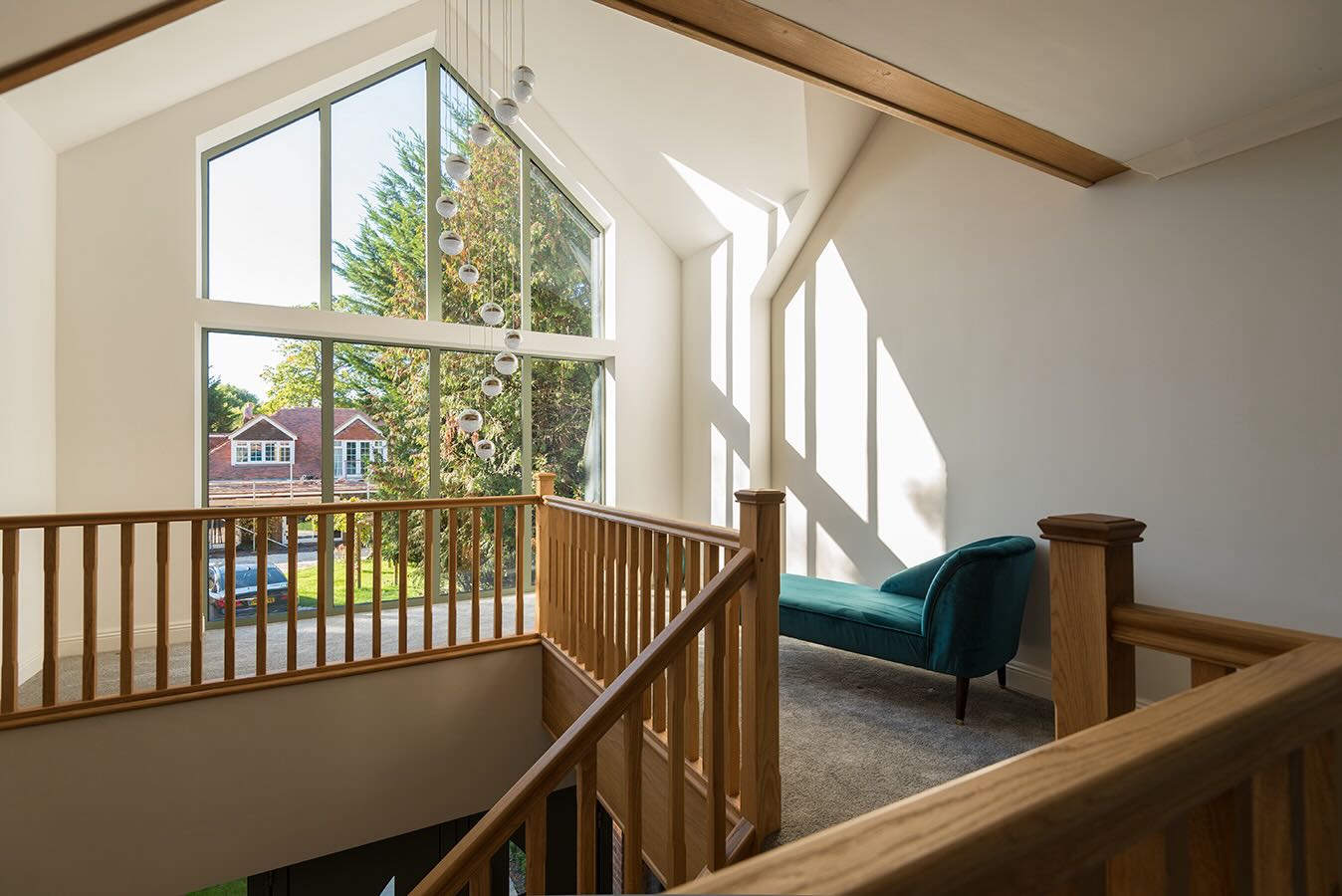
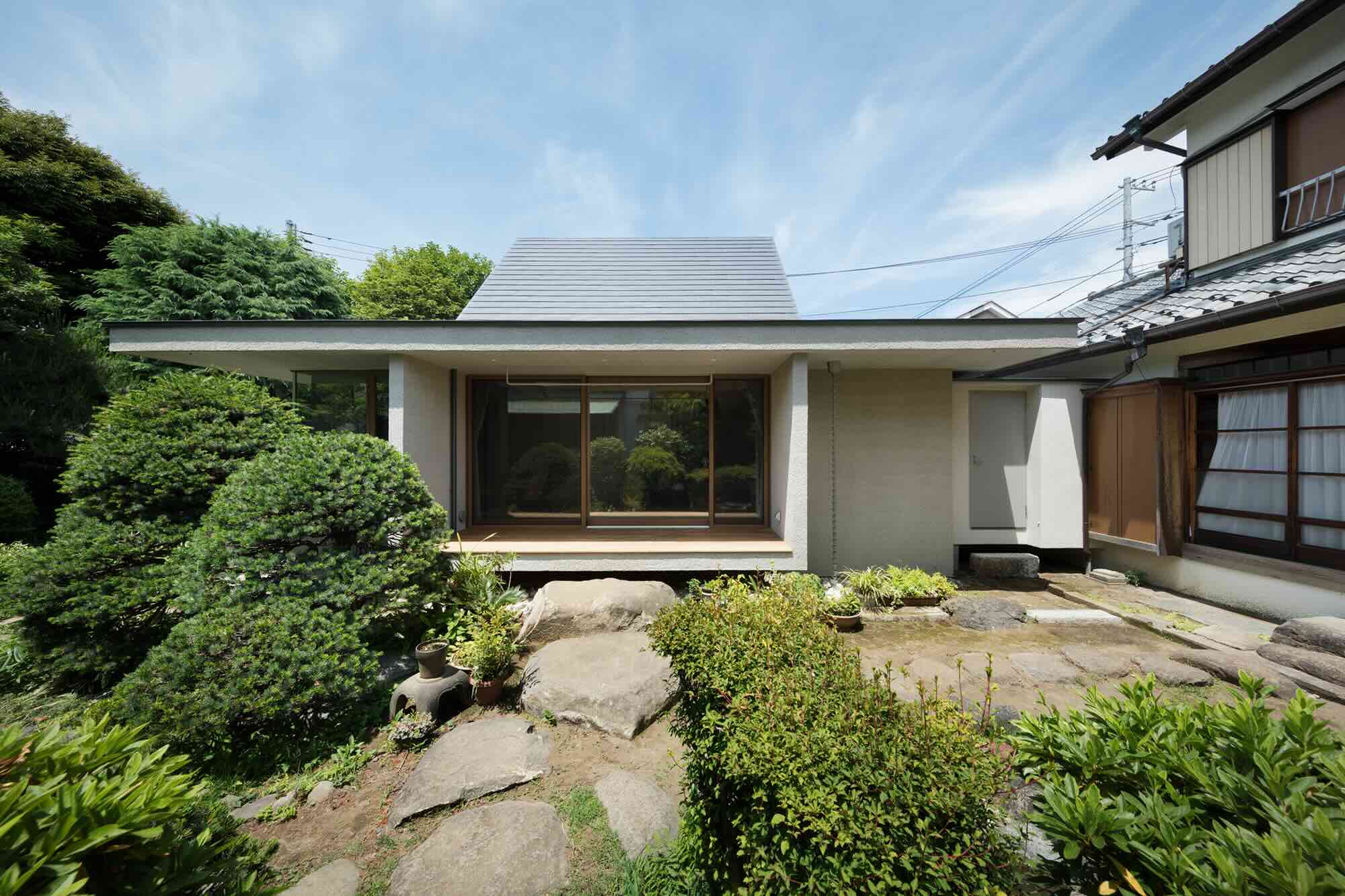
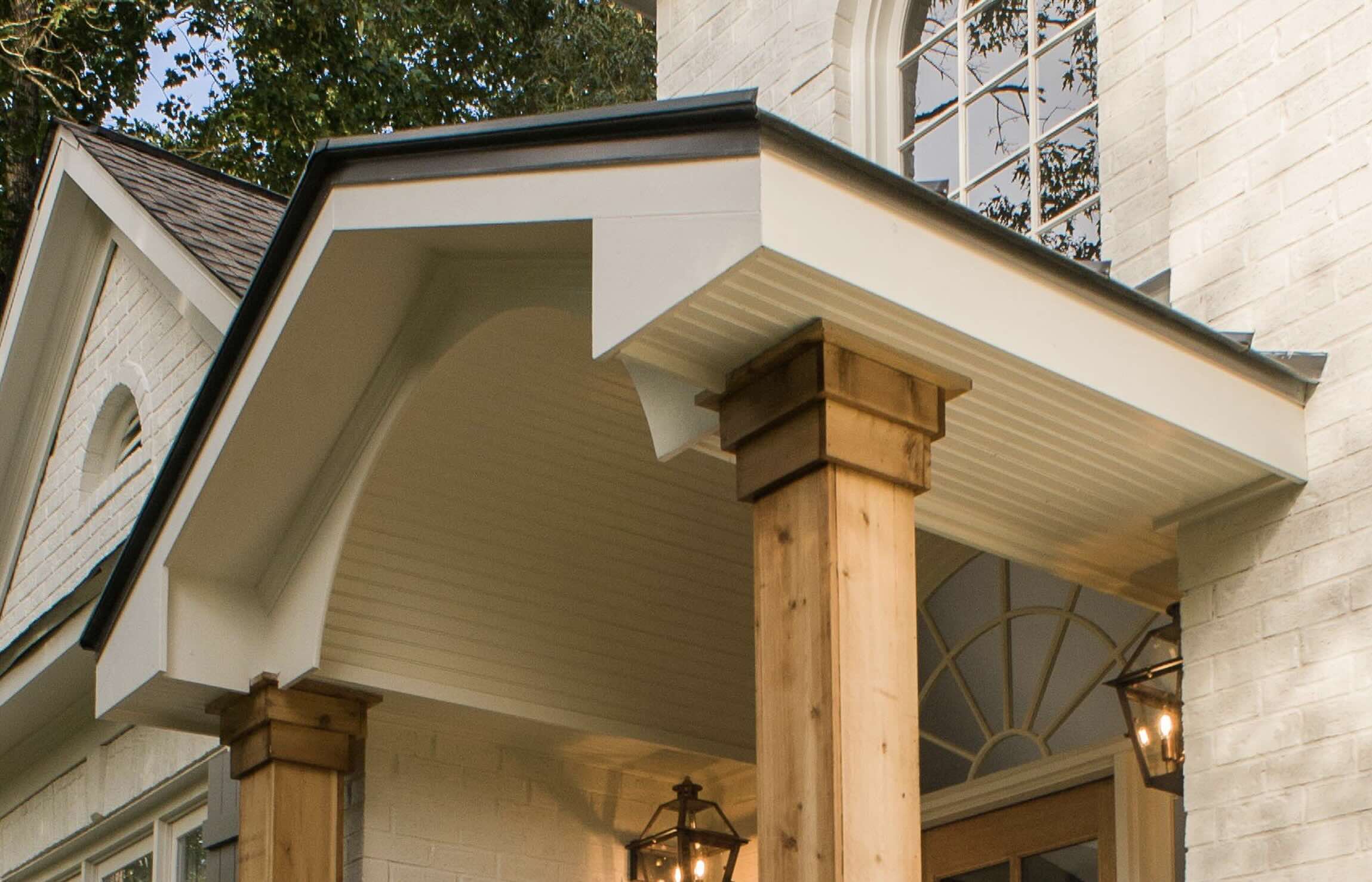

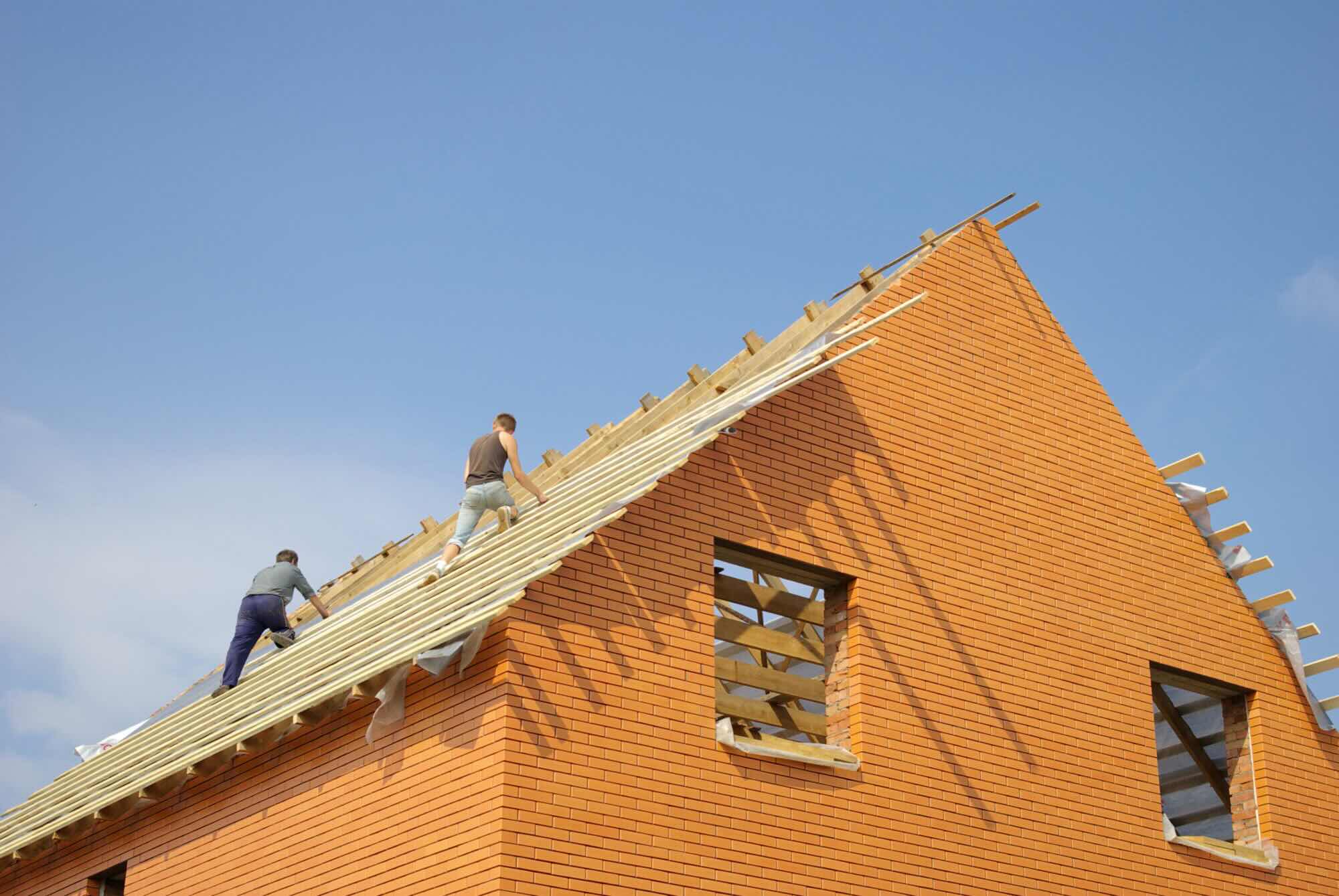
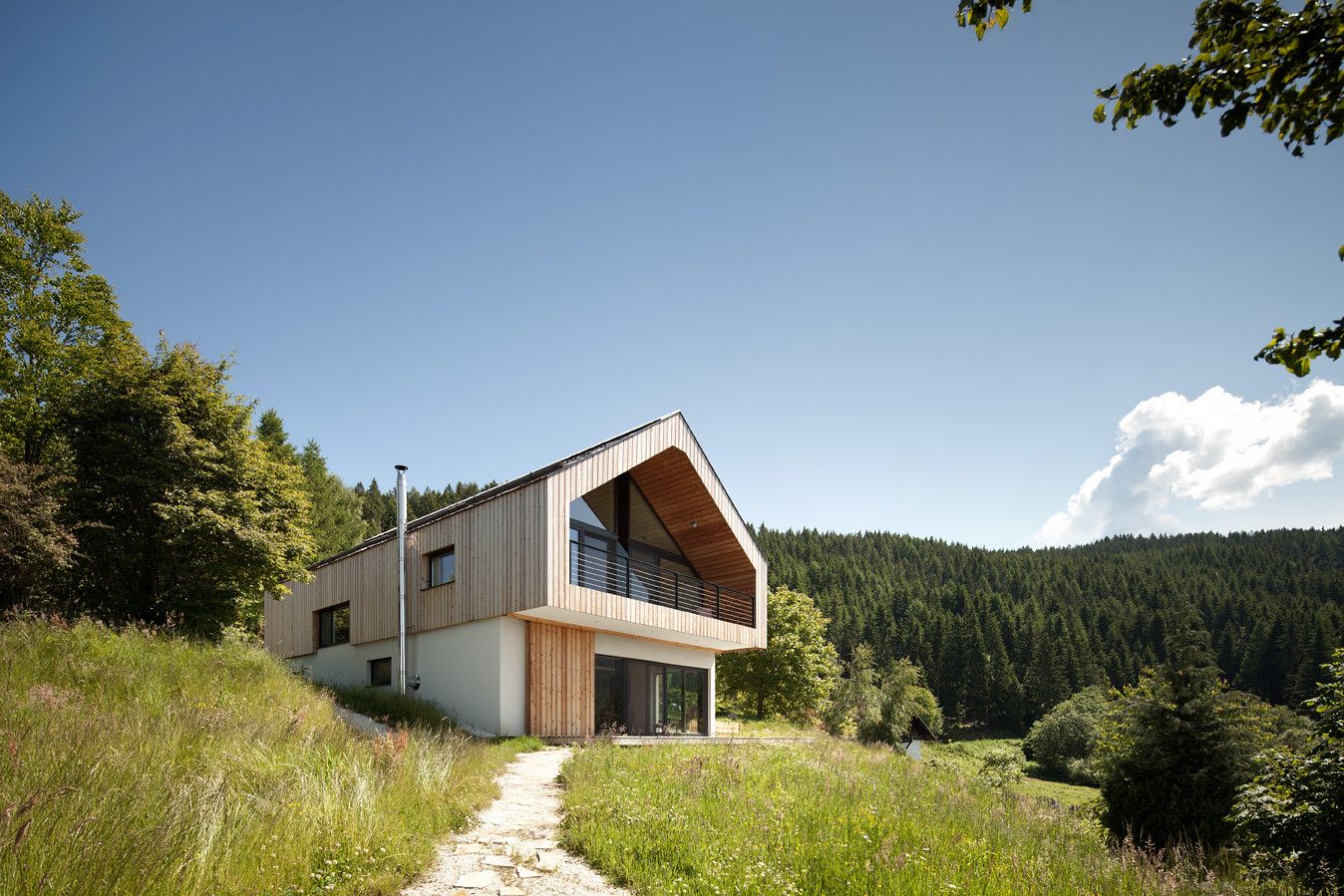
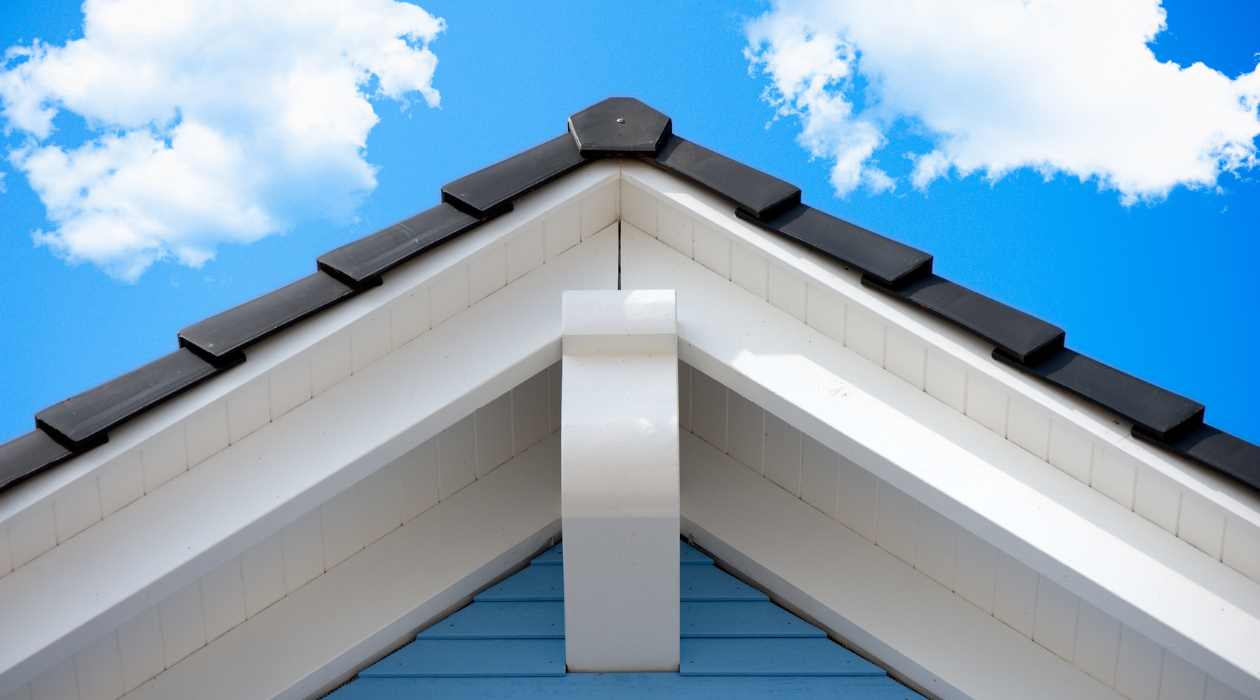
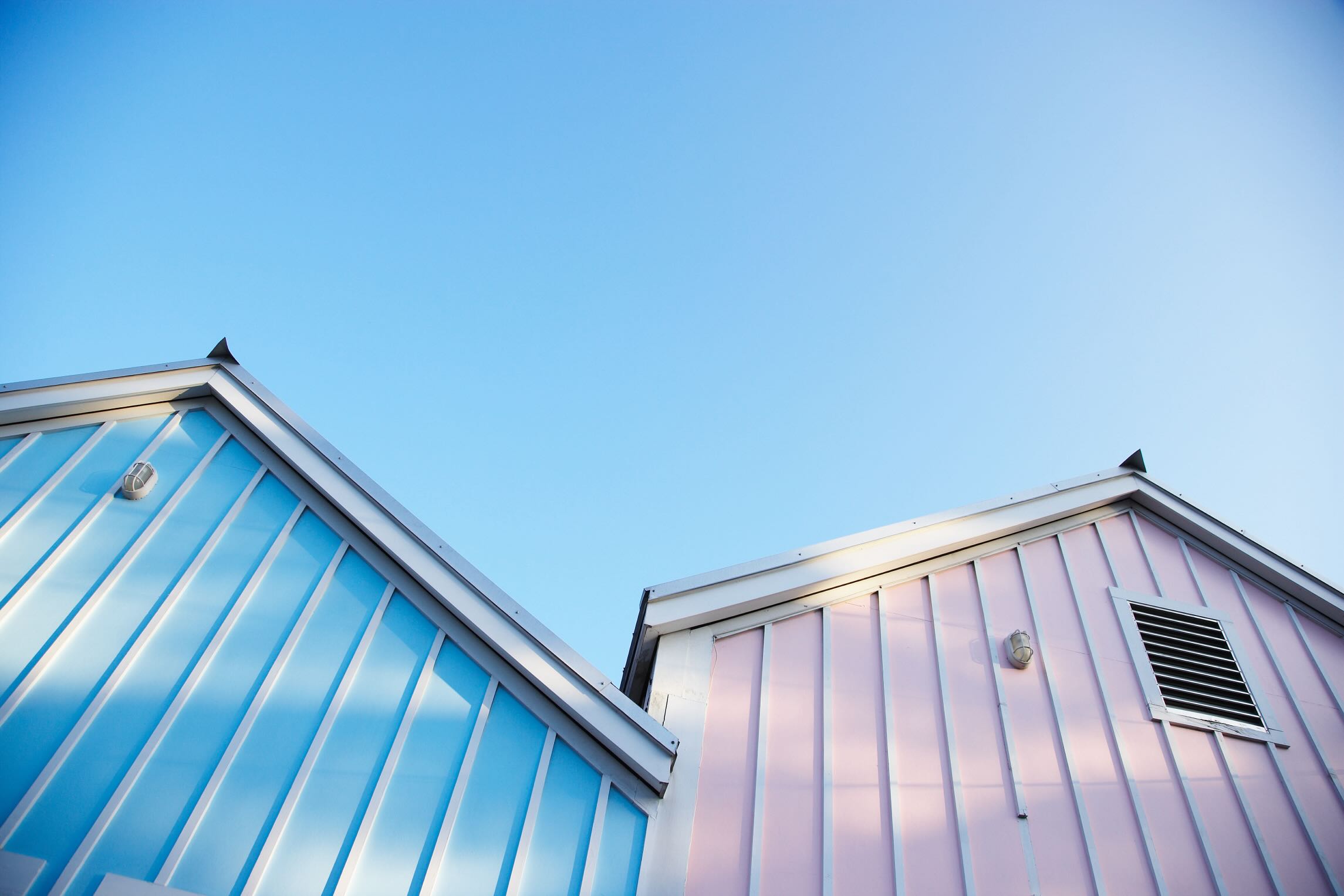
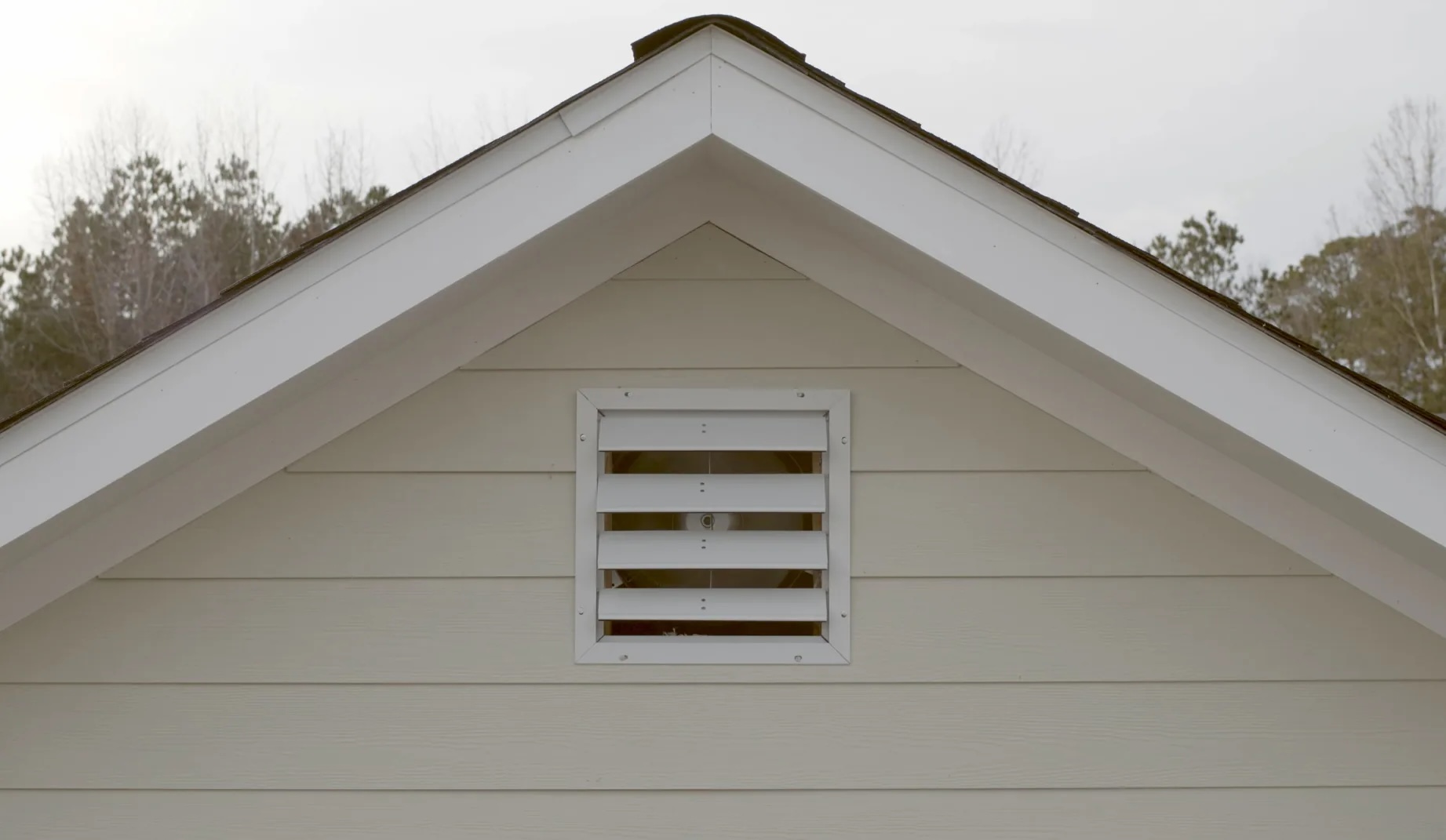
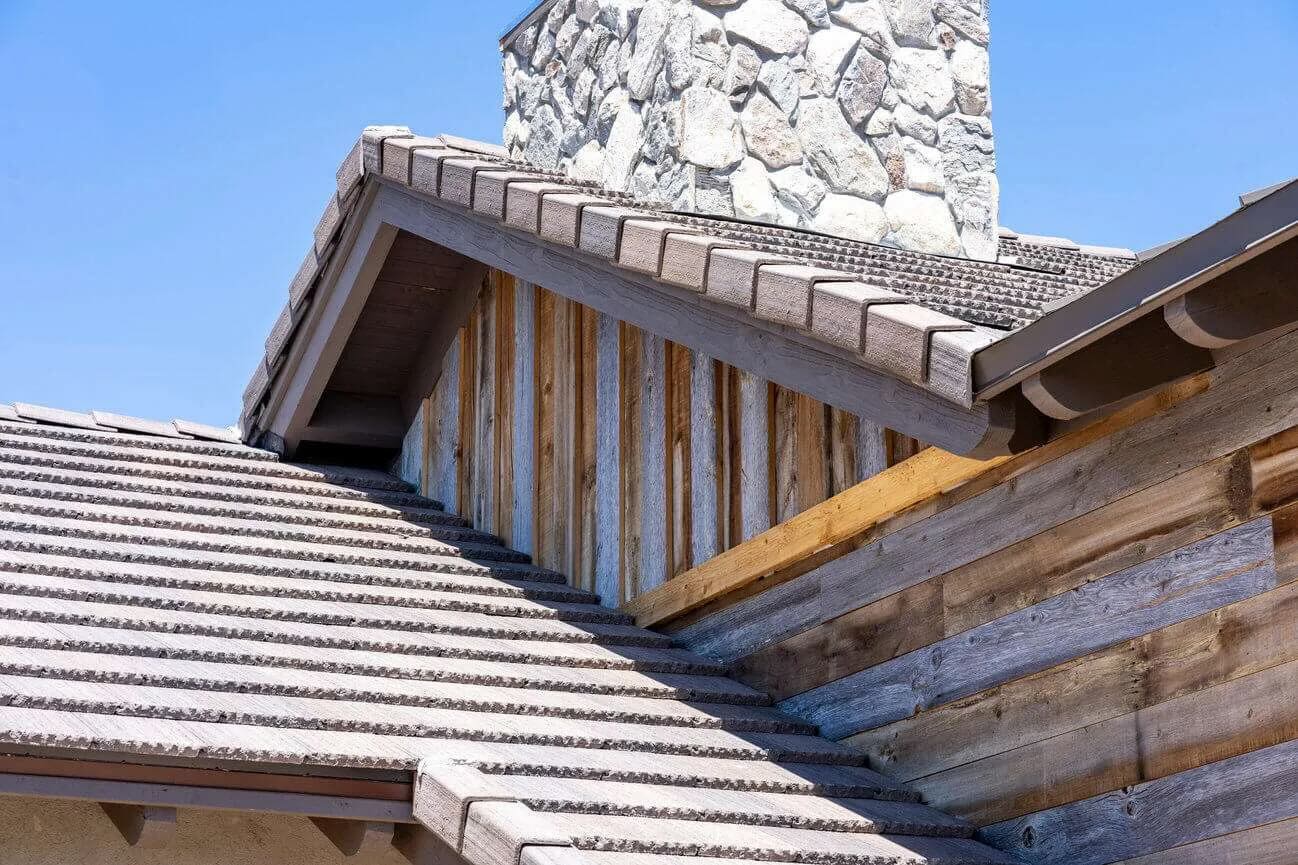
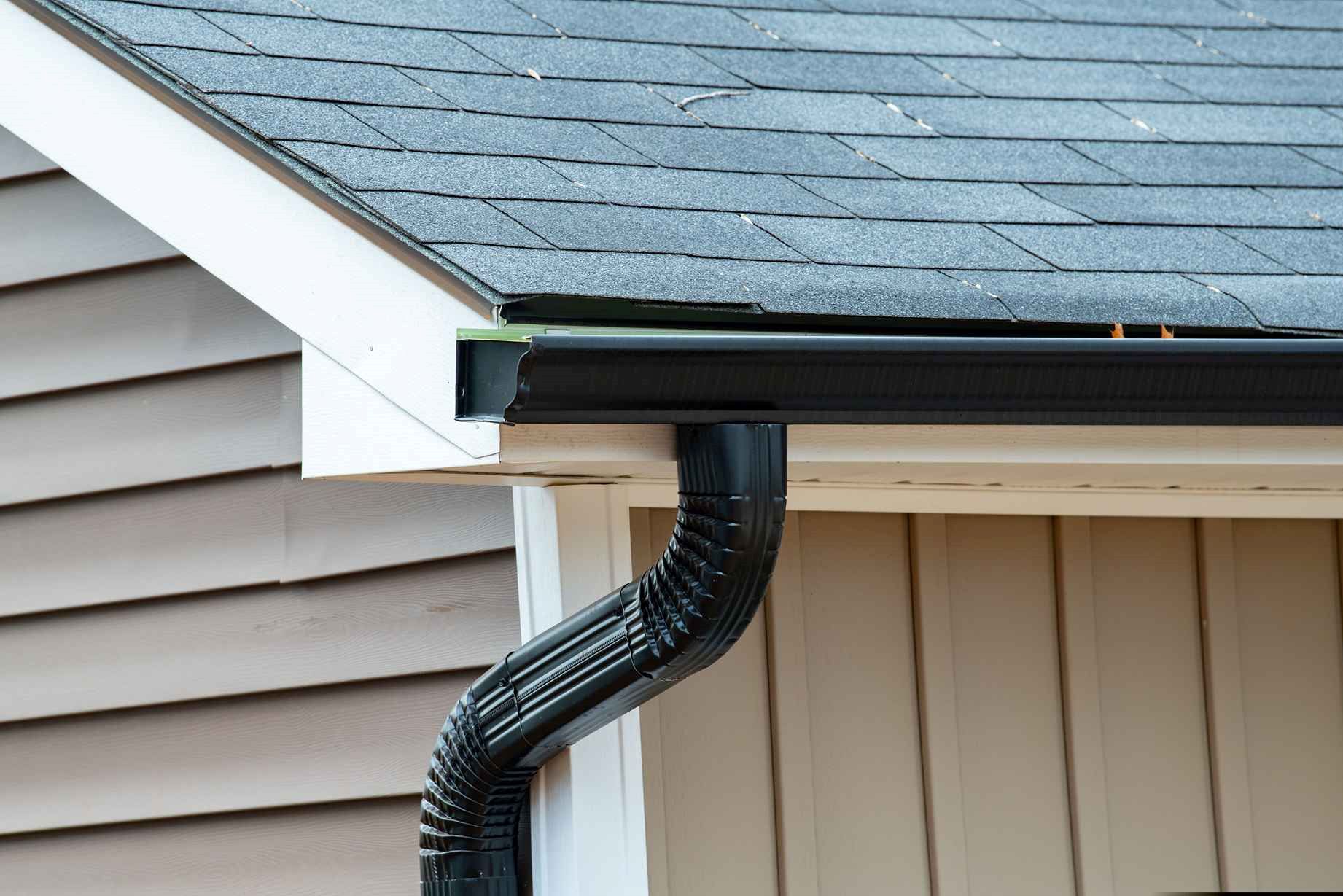

0 thoughts on “What Is The Gable On A House?”